
Your free ultimate training and nutrition guide
Whether you're bulking or shredding, training from home or hitting the gym our Ultimate Training & Nutrition Guide is what YOU need! With everything you need to know, including full meal and training programs for all levels, it's your one stop shop to getting JACKED!
Fill in your email below to download your free training and nutrition guide:
Here's What You Get
Whether you're bulking or shredding we've got everything you'll need to get jacked! Grab your training, nutrition, supplements guide and more in a single FREE download!
-
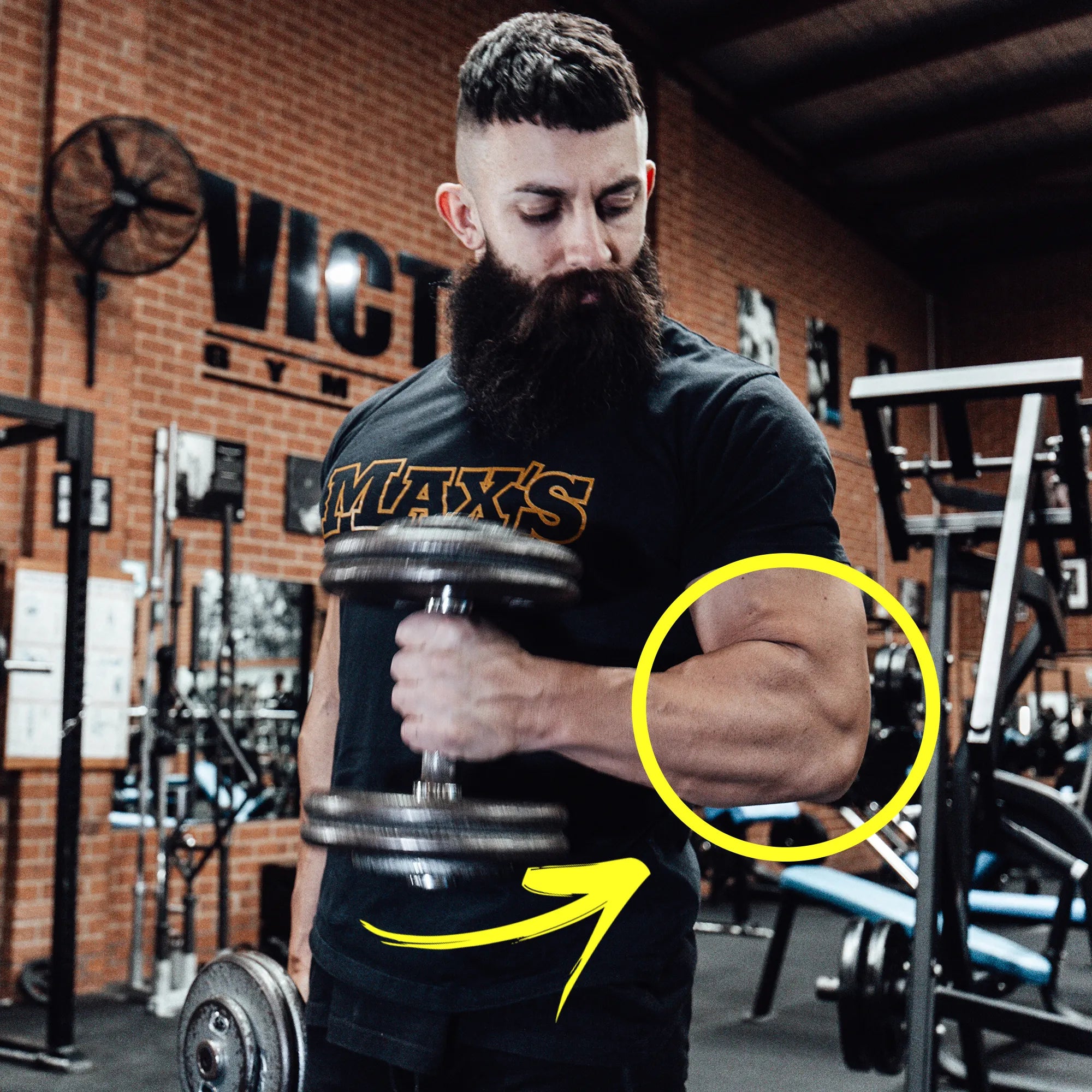
Tips, Tricks and More
Expert tips, secrets and more from the Team MAX'S Athletes on how they stay in shape.
-
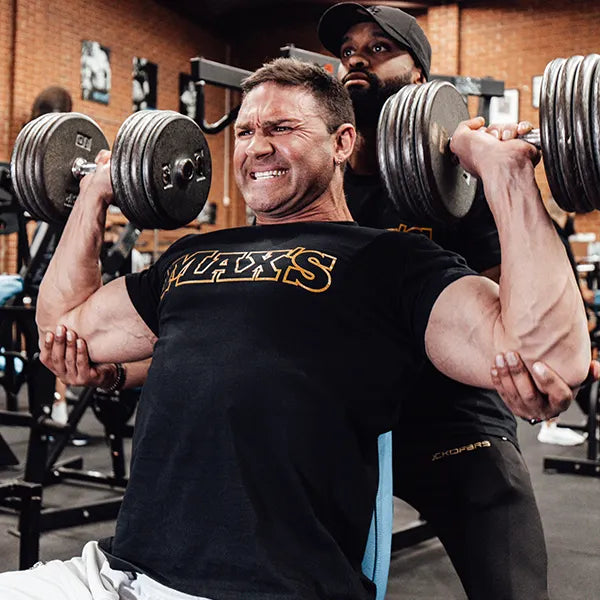
Free Training Plan
Full 7 day Training Program designed by the Team MAX'S Pro Athletes.
-

Free Nutrition Plan
Know what to eat and when to eat it and how much you need to reach your training goals.
-
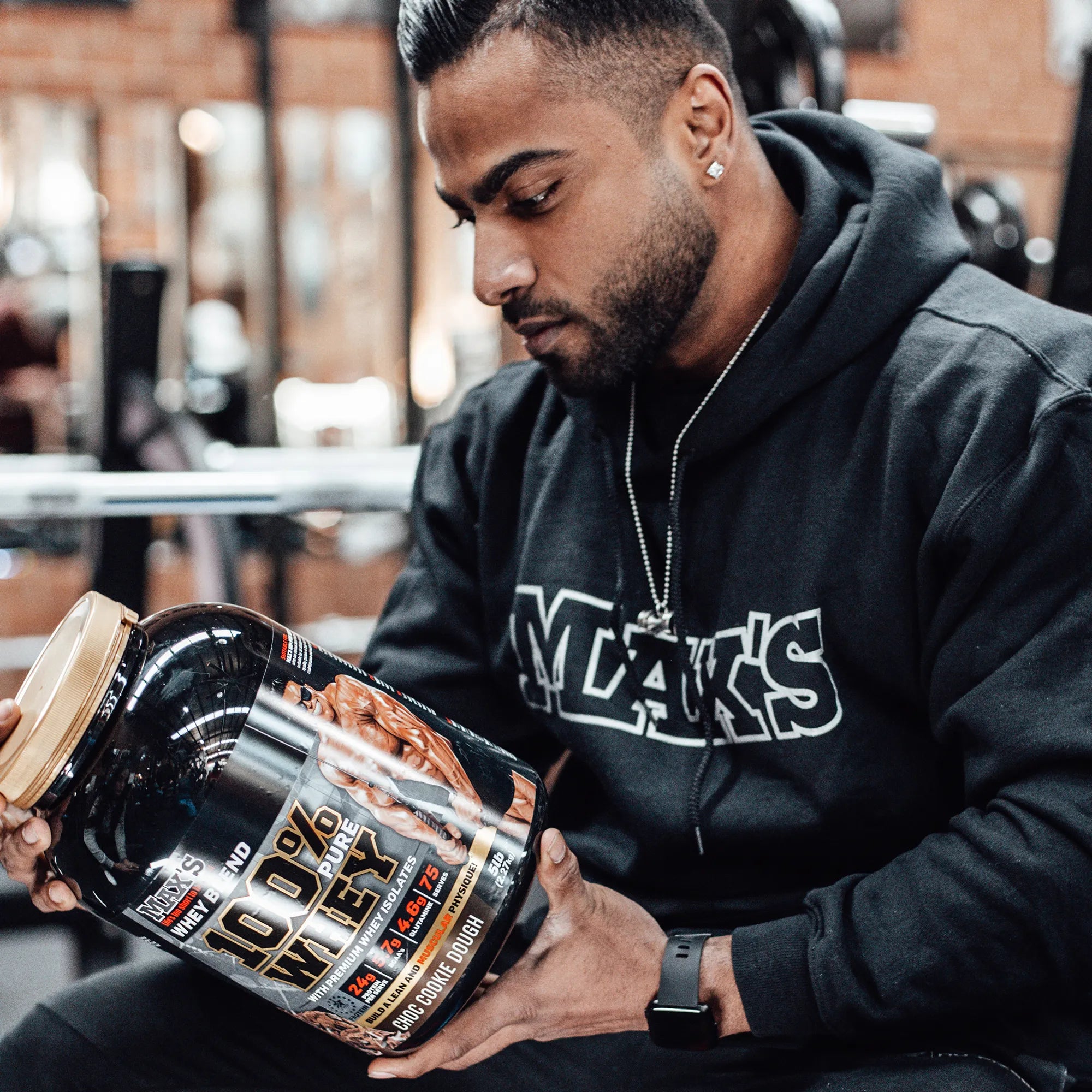
Supplement Guide
Find out what supplements our Pro Athletes take, when they take them and what works best.
-

Home Workouts
No gym? No problem! We've included both gym and home workout plans for you
-
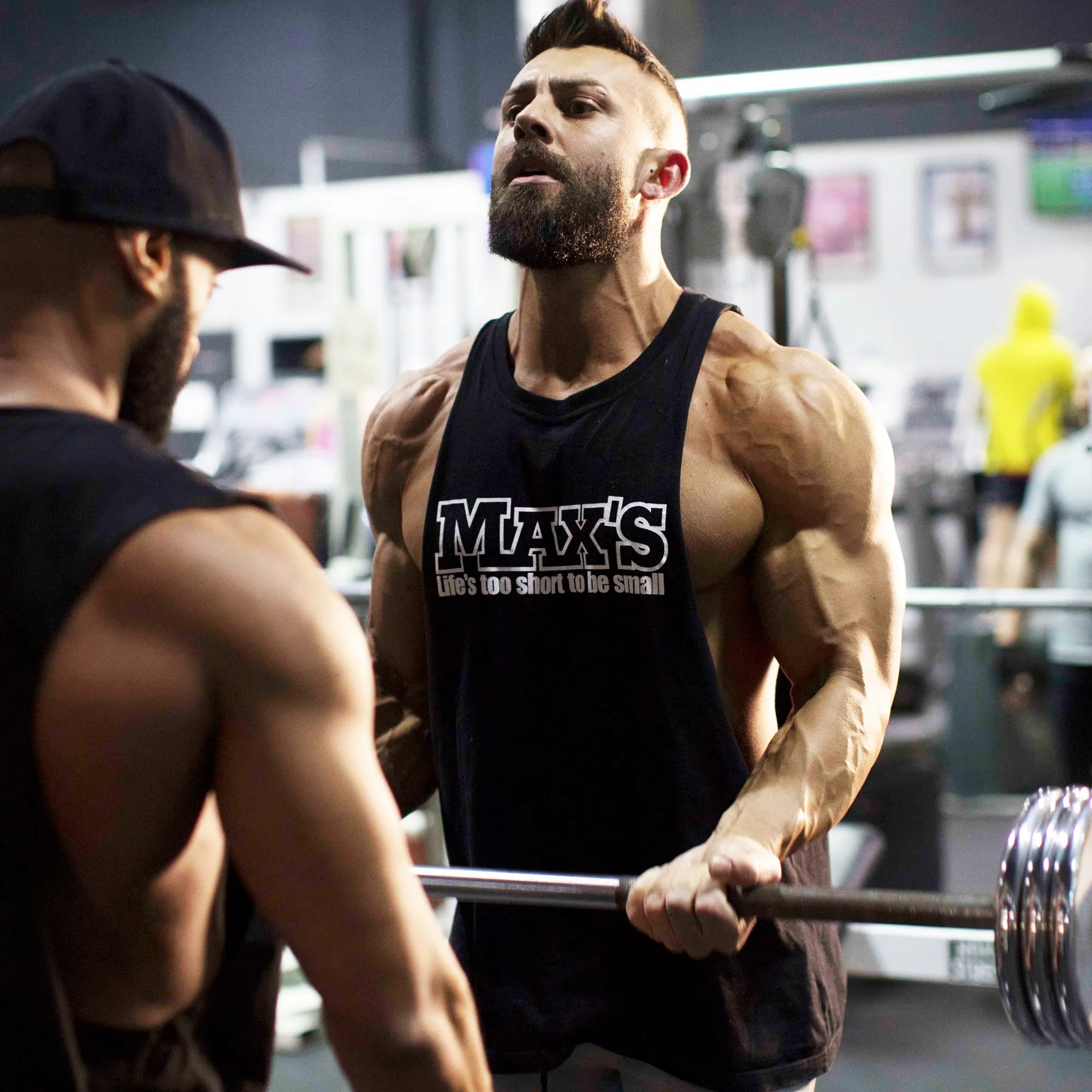
Free Shred Guide
Training to get diced like our athletes? We show you exactly how they do it!
-
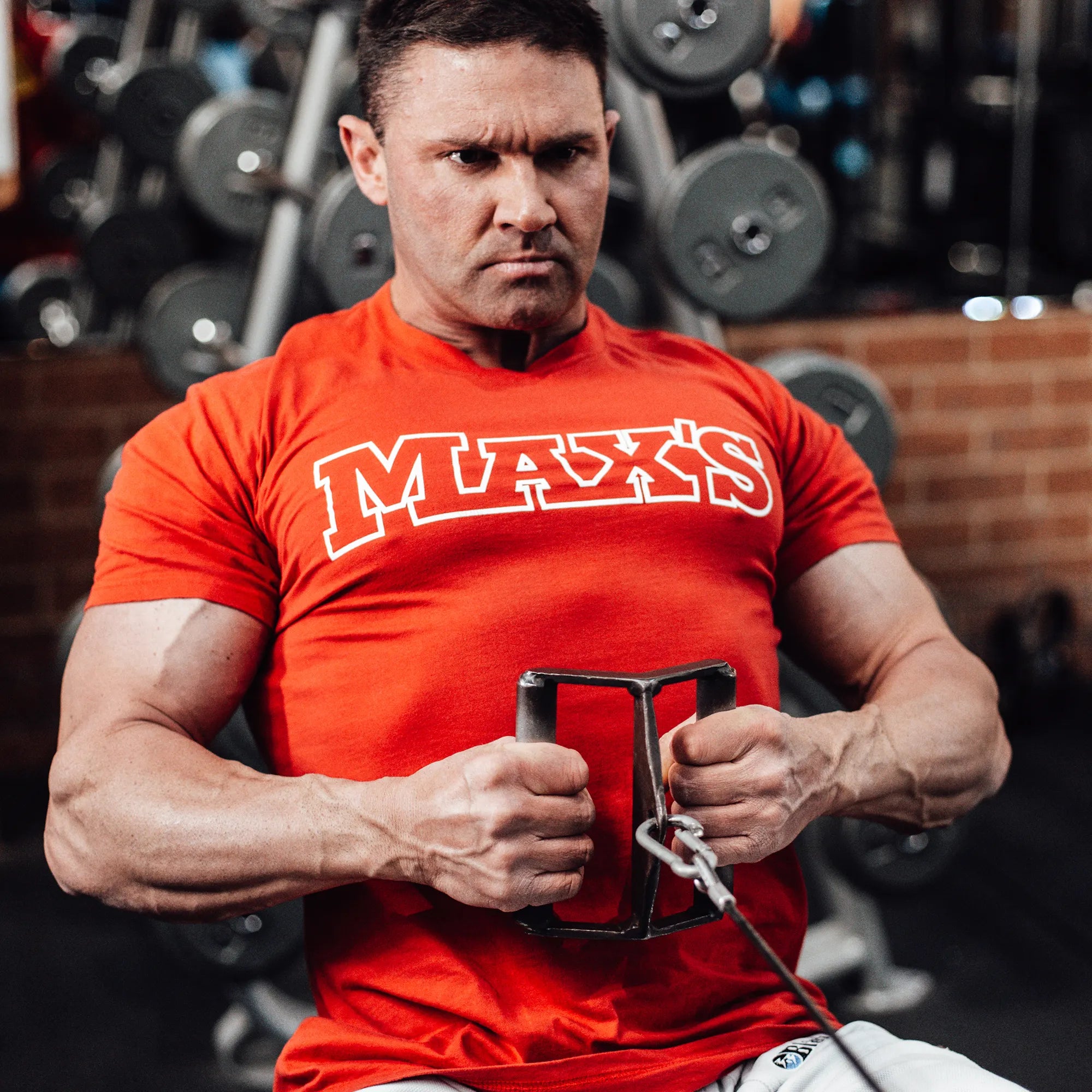
Free Mass Guide
Want to pack on serious strength and size? Our Ultimate Mass Guide will get you there.
-
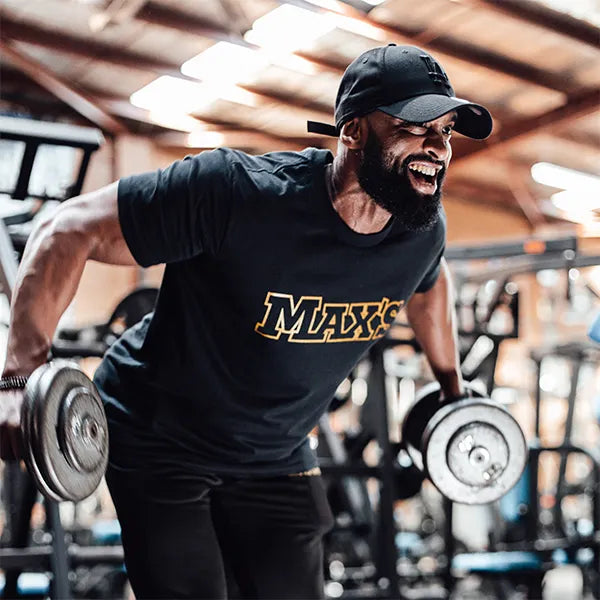
Exercises You Need
We show you exactly which exercises work the best and why.
Choose Your Training Level
When starting out on any training program it’s important to start off in the right way. In this section we will run you through the basics of training. We then have 2 different options to get you started:
-
Beginner
3 Days Per Week Whole Body Routine
This program is designed for trainers who are just starting out and who haven’t done much training before. It is designed to build a strong base over several months before stepping up to a more intense training program. Use this program if you are new to training or haven’t done any weight training for 12 months or more. -
Advanced
4-6 Days Per Week Split Body Routine
Full 7 day Training Program designed by the Team MAX'S Pro AthleteThis program is designed for trainers who have already been training for a while or who have reasonable experience with weight training, what we would term as an intermediate level trainer. Use this program if you are currently weight training on a regular basis, or you have a reasonable amount of weight training experience.
Choose Your Nutrition Goal
Before you commit to a training plan you should have a goal or an image of what you would like to look like, feel like or perhaps a weight you would like to be. Most trainers have goals like build up, build muscle, strip body fat, get a six pack. Generally these objectives can be broken down to two basic goals:
-
Strength & Size
3 Days Per Week Whole Body Routine
This is typically the goal of the younger thinner trainer or someone with a metabolism and body type that finds it hard to gain weight and build muscle. The goal here is not to add fat, but to add solid quality muscular weight. -
Lean & Ripped
3 Days Per Week Whole Body Routine
Getting lean and muscular is typically the goal of trainers who are carrying higher body fat. Your main goal should be to build or maintain muscle while stripping fat. And we'll show you exactly how to do that.
Free Guide to Ultimate Growth Included
8 Tips to Ultimate Growth
-
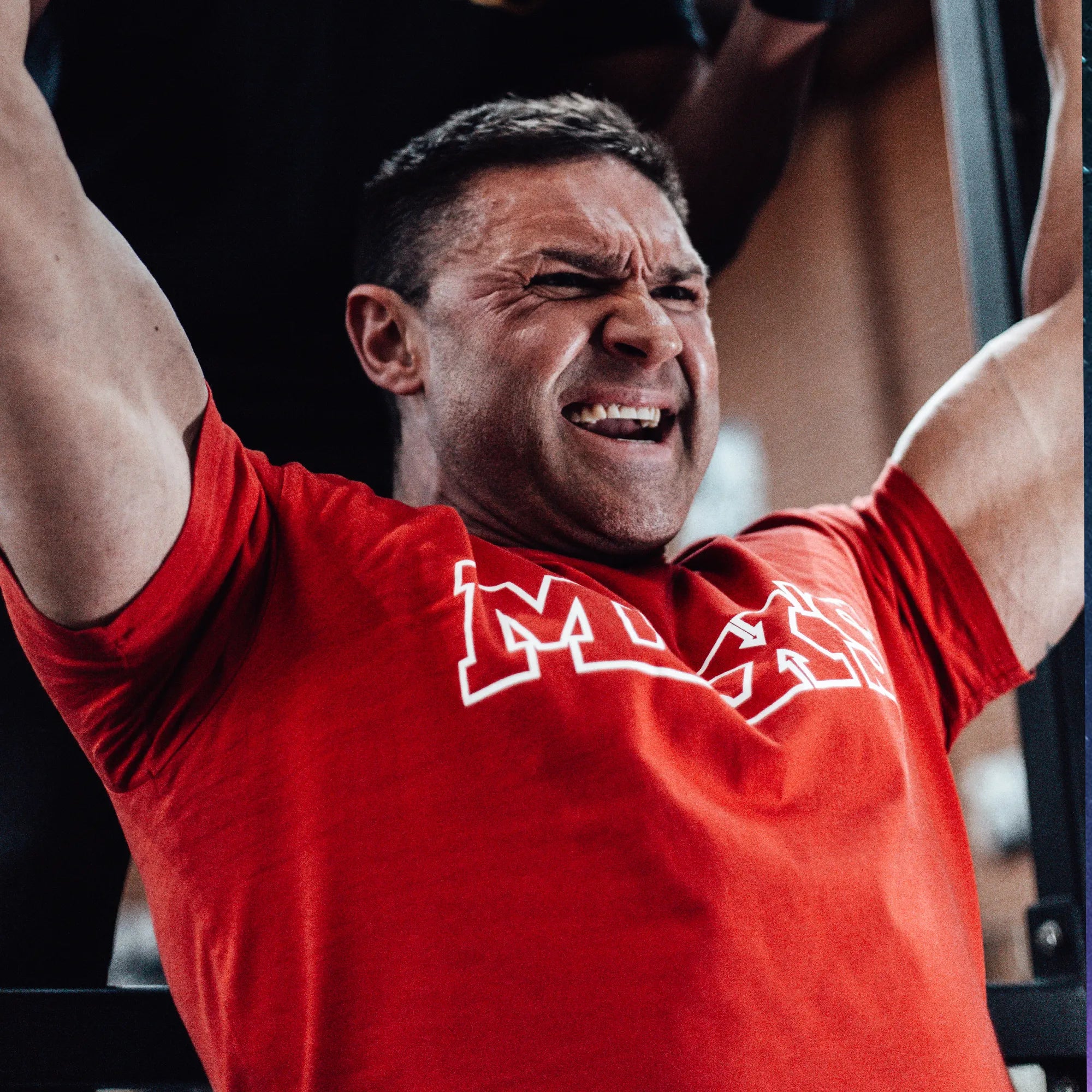
High Intensity Training
Research has demonstrated High Intensity Interval Training is a strong stimulator of growth.
-

Get More Sleep
Stages 3 and 4 of sleep, your so called Slow Wave Sleep cycle, is when you grow most.
-

Melatonin
Know what to eat and when to eat it and how much yStudies show that oral administration of melatonin can also boost growth levels by over 150% above natural levels.
-

Gaba
GABA or Gamma Aminobutyric Acid is a neurotransmitter and has been shown in a number of studies to increase Test' production by up to 400%.
-

Reduce Body Fat
Your natural Test' production is directly related to the amount of body fat you carry. If you are male and have too much belly fat you are short changing your Test' levels
-

Intermittent Fasting
To help optimize growth levels the best way to try this type of diet is to simply delay your first meal of the day by several hours.
-

Lower Sugar Intake
Consuming sugars (especially fructose) within 2 hours post workout will cause your hypothalamus to release somatostatin, which will decrease your production of Test'.
-
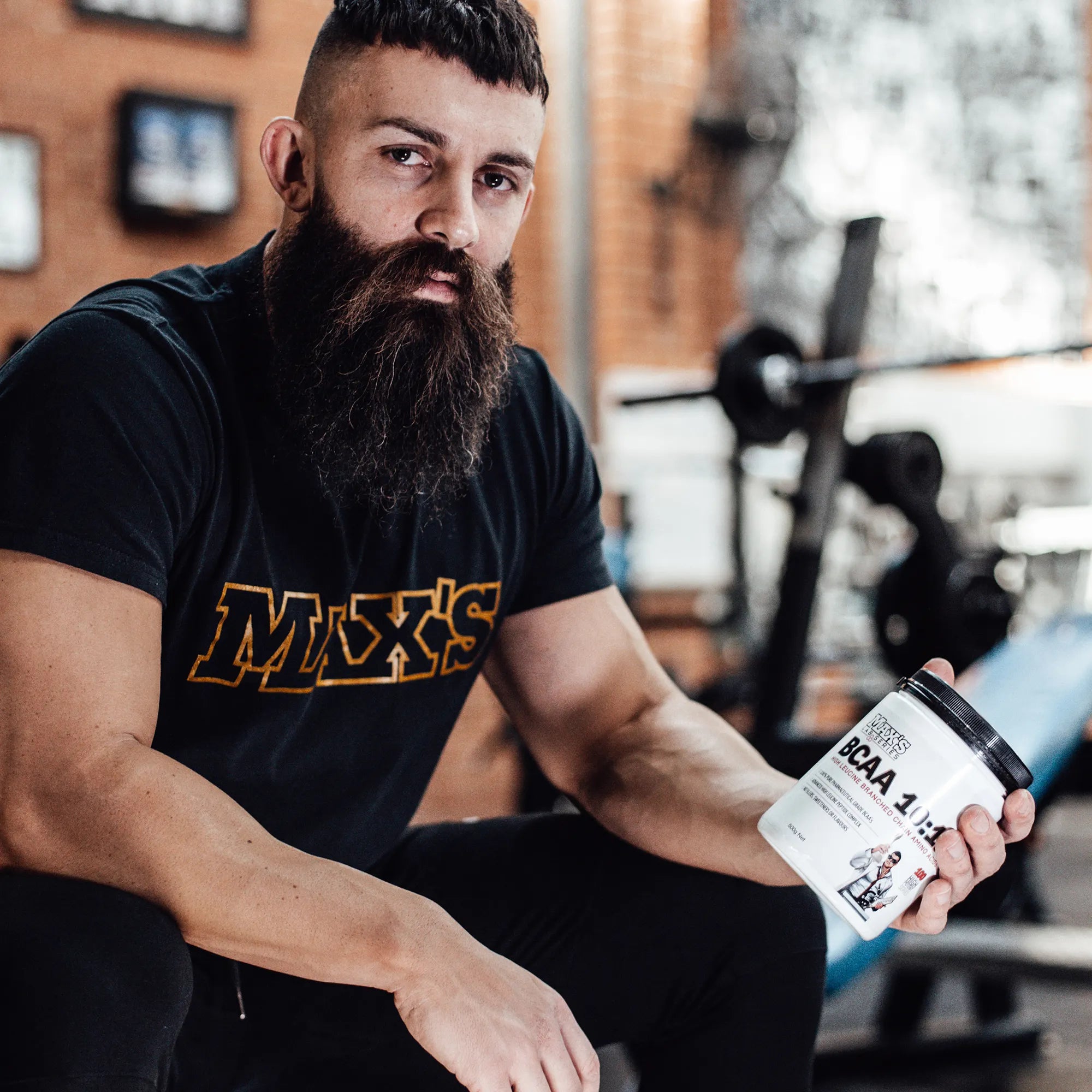
Take Your Aminos
There are a number of single amino acids or amino acid combinations that have been shown to significantly increase Test' levels.
Training: Everything You Need To Know
Basics
How Training Works
Your body is a very clever device. If you always keep doing the things you always do, your body will stay the same as it is. However, if you apply some type of stimulus over and above what your body can normally handle, it will attempt to adapt by improving it’s capabilities, like strength, endurance, or skill, so that the next time it encounters this greater stimulus, it will be better prepared to handle it. These adaption occur in small steps, not giant leaps. So to make a significant change to your body, you must stimulate your body beyond its normal capabilities many times, over weeks, months and years. The result of these many small adaptions over these longer periods can result in BIG improvements in muscle size, strength, endurance and functional efficiency.
Strength Training Adaptations
When starting a strength training program, most trainers find their strength in various lifts increases quite quickly. This is usually due to the trainer first learning to do the exercise movement correctly and then the neuromuscular recruitment of more muscle fibres in the lift, allowing more weight to be lifted. After a period of perhaps several weeks to several months depending on the individual, further improvement comes from increases in muscle strength. Strength increases are usually accompanied by increases in muscle size – bigger muscles tend to be stronger muscle. The actual mechanism of muscle growth comes from the repair and rebuilding of muscle fibres that are damaged at a microscopic level by hard weight training. In the recovery time after your workout, your system repairs and regrows the muscle fibres, a little bigger, stronger, and a little more efficient. A constant cycle of hard training and proper recovery results in bigger, stronger and better conditioned muscles.
Planning
Before You Get Started
Below are a few things you need to get sorted before starting out:
- If you have a history of any medical condition, are taking any medication, are elderly, or quite overweight we recommend you consult with your medical practitioner before proceeding. In most cases exercise will probably have a positive effect on medical conditions however it’s always best to be on the safe side.
- The best exercise programs are those that combine cardio type exercise (walking, jogging, cycling, etc.) with a well planned weight training program. This will help you build strength and fitness, you won’t just look good, your health will also improve dramatically. So whatever program you use, look for a combination of these exercise types. Our programs are based around this principal.
- You need to decide where you want to train. If you join a good commercial gym, they should have all the equipment you need plus experienced instructors that can help you with your training program and diet. If you plan to train at home you may be a little more restricted in the scope of exercises you can do unless you have a good home gym set up. However you can still put a very effective training program together, which can be further enhanced with the acquisition of some basic weight training equipment. We will give you some good guidelines for training at home.
- Don’t go to hard, too quickly. If your body isn’t used to hard training you can easily overdo things in your first weeks of training, resulting in extreme muscle soreness or injury. This can really slow your progress, or even worse, make you lose motivation causing you to give up on your goal. The best approach is to ease into your training over the first few weeks of your Challenge to condition your body for the hard training to come.
Goals
Before staring any training program we recommend you consider what you want to get out of it, in other words define your goals. A goal is a measurable result you want to achieve by a specific date. We find that trainers with specific goals are much more likely to get the results they want than those who only have a vague aim. Train with a purpose! Work out your goals then write them down. Tell friends, family or training partners. Sharing your goals with others helps to keep you accountable. If your goal is a big change from where you are today, break it down into a number of smaller achievable goals. Some examples of specific goals are:
- I want to lose 10kg by and get a six pack by Christmas
- I want to add 5 kg of lean muscle and reduce my body fat to 8%
- I want to run a marathon next year.
Principles
Training Frequency
If you are just starting out on a training program you should only be weight training about 2 – 3 times per week for your first 4 weeks and each session should take no more than about 45minutes. If you have been training for some time then 4 sessions of about 50 – 60 mins each week during the first 4 weeks is about the right level. Cardio training again will depend on your goals. If you are trying to strip a fair amount of fat then we recommend 4 cardio sessions per week initially and build on this. If you are trying to add mass keep your cardio down to a lower level, perhaps 2 – 3 sessions per week – more on this later.
Positive Failure
Your muscles will only grow when you push them beyond their normal limit, which means you must train your muscles to failure in each workout. When performing resistance exercises your last few repetitions of the last 1 – 2 sets should be to failure. This means that by the time you get to your final reps you cannot do another repetition with proper form unaided. A note here on training partners, if you have someone to train with who will really push you or motivate you, that is a great advantage. Personal trainers are also great for helping you really push your limits. You will be more motivated and confident to go for those few extra reps if you have someone watching and potentially assisting you on your exercises.
Training Priorities
If you have a weaker body part start off your workout with that body part to ensure you attack it while you are freshest. This might mean changing the order around of the exercises listed in each block.
Sets And Repetition
For building mass and size, stick to around 8 reps per set, if you perform less than 8 reps you tend to increase strength but not muscle size. The number of sets you should perform is generally related to your training level. Beginners should perform around 3 – 4 sets per muscle group, intermediate around 8 – 12. Rest between sets is also a factor. When your aim is to pack on weight and mass we recommend you take a good rest between each hard set so you can lift maximum weights on each set, usually around 2 – 3 minutes. However, if your goal is to get lean and muscular we recommend you shorten your rest time a little to get your heart really pumping which will in turn help stimulate more fat burn.
Overload And Progression
If you want to get bigger and stronger, you need to use more resistance than your muscles are used to. You must regularly push your muscles beyond their previous limits to force your body to adapt and grow. In other words, you should be lifting enough weight that you can ONLY complete the desired number of reps. In order to avoid plateaus you need to always strive to increase your intensity. You can do this in a number of ways including: increasing the amount of weight lifted; increasing the sets/reps; changing the exercises you are doing and/or changing the rest intervals between sets; lifting and lowering the weights more slowly; and changing the order of your exercises. Remember however, that good exercise form always take priority over the amount of weight you can lift, so if your form is suffering, the weight is too heavy.
Rest And Recovery
This is one of the most important aspects of your training! You must train hard to stimulate muscle growth but you must give your body enough time between workouts to recover. This is usually between 48 – 72 hours for someone who has been training regularly for some months, but can take longer for beginners. To improve your recovery there are a number of strategies you should consider. Always have a protein shake straight after your workout; stretching and light cardio is a great method to relax stiff muscles and speed up recovery; hot and cold baths help aching muscles; and a good sports massage once a week is an excellent recovery strategy.
Tips
Clothing
When you train hard you get hot a sweaty. Even if it’s cold you will probably get pretty hot when you work out. So make sure you wear appropriate clothing. Shorts, t-shirt or singlet, and runners are standard gym attire. If it’s cold layer up so you can strip off as you get warmer. Cotton is a good fabric to train it as it breathes well.
Towel
Carry a hand towel around with you at the gym. You can use it to wipe away your sweat, but it’s also good gym etiquette to wipe sweat off equipment you’ve been using.
Training Gloves
Not everyone likes them but a good set of training gloves will not only protect your hands from wear and tear, they also help secure your grip and reduce the chance of your grip failing at crucial times. They are available in most good sports and workout retailers.
Pre-Workouts
These products have become super popular in recent times. A good pre- workout formula will help fire up your energy systems and increase mental focus, adding up to more intense workouts for better results. MAX’S new Betapump pre-workout includes the latest cutting edge ingredients from the USA and is worth trying!
Hydration
Carry a water bottle around with you. Staying hydrated will allow you to train harder. Plain water is fine, however if you want that extra oomph from your workout try using MAX’S awesome IntraBoost intra workout formula. It really helps power you through your workouts with maximum intensity.
Training Times
When is the best time to train. Well it’s really a matter of personal choice and convenience. For some, early morning is best, for others it could be mid-morning or lunch time, or straight after work might suit you best. Some people find they function better in the morning or afternoon, so if this is an issue for you then try to go with your natural bio-rhythms for the best quality workout. The most important thing is to find a time that works for you and then stick to it. We all lead bust lives these days so schedule in your workouts and stick to your schedule.
Post-Workout Nutrition
This is important. Having a good fast acting protein and carb meal straight after your workout will maximise recovery and muscle growth. Mix your favourite MAX’S Shake in milk and add a banana for supercharged recovery. Other nutrients that have been proven to dramatically enhance muscle recovery are Glutamine and BCAA’s. MAX’S have these nutrients available as well, and you can add them to your protein shake or simply take them with water.
Cardio
Cardio, or aerobic exercise, is repetitive lighter intensity exercise that raises your heart rate and causes you to gain overall fitness and improved muscle condition. An added benefit of cardio training is that it burns body fat to help you look leaner and more defined. Cardio training improves the efficiency and strength of your heart, the ability of your vascular system to move blood around your body, the ability of your blood to deliver nutrients to your muscles, and the ability of your muscles to convert fuels and oxygen to energy, all very important to improving your fitness, conditioning and muscularity. Cardio is something that every trainer should incorporate into their overall training. When starting out you should aim for 2 – 3 cardio sessions per week of about 20 – 30 minutes each. Examples of good cardio exercises include brisk walking, cycling or stationary bike, steppers and rowing machines. You should keep the intensity moderate for maximum fat burning. A good way to judge if you have the intensity right is you should be able to talk reasonably without gasping for air.















